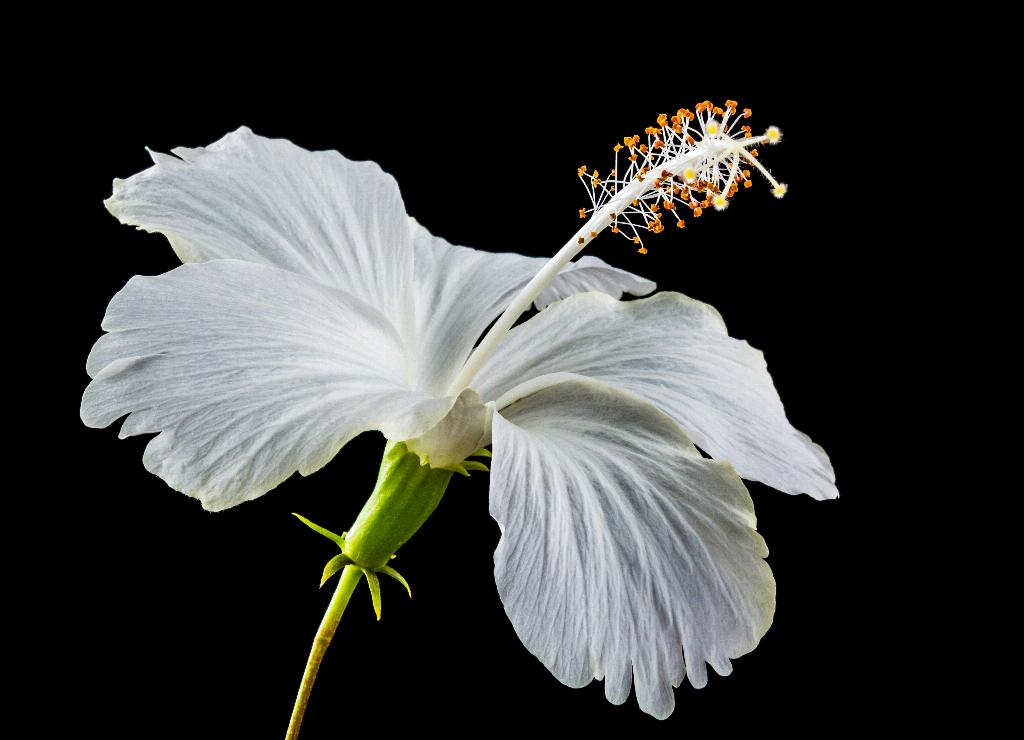One of the most beautiful and vibrant flowering plants, hibiscus, belongs to the genus Malvaceae and is widely spread across the globe. These plants can be found in a variety of locations, ranging from warm temperate regions to subtropical and tropical areas.
Hibiscus plants are known for their stunning blooms and diverse species, with several hundred different types within the genus. Their ability to thrive in different climates makes them a popular choice for gardens and landscapes worldwide.
Within the Malvaceae family, hibiscus is a prominent member alongside other economically important plants like okra, cotton, cacao, roselle, and durian. This family of flowering plants encompasses a vast number of genera and species, showcasing the diversity and significance of hibiscus within the plant kingdom.
In tropical regions, hibiscus plants are commonly found in areas with warm temperatures and high humidity levels. These regions provide the ideal conditions for hibiscus to grow and flourish, allowing them to showcase their vibrant colors and intricate blooms.
Subtropical climates also offer a suitable environment for hibiscus plants to thrive. With moderate temperatures and ample sunlight, these regions support the growth of various hibiscus species, adding a touch of beauty to gardens and landscapes.
Even in warm temperate regions, hibiscus plants can be cultivated successfully, provided they receive adequate care and attention. While these areas may experience seasonal changes, hibiscus can adapt to different climates and still produce stunning flowers.
Whether in gardens, parks, or natural habitats, hibiscus plants bring color and vibrancy to their surroundings, attracting pollinators and admirers alike. Their versatility in growing conditions makes them a popular choice for both amateur and experienced gardeners.
From Asia to Africa, the Americas to Australia, hibiscus plants have established their presence across continents, showcasing their beauty and resilience in diverse environments. Their global popularity is a testament to their adaptability and visual appeal.
With a rich history and cultural significance in many regions, hibiscus plants continue to captivate people around the world with their enchanting blooms and lush foliage. Whether used for ornamental purposes or medicinal properties, hibiscus remains a cherished plant in various cultures.
Overall, hibiscus plants can be found in a wide range of locations, thanks to their adaptable nature and ability to thrive in different climates. Their presence in gardens, landscapes, and natural settings adds a touch of beauty and elegance, making them a beloved choice for plant enthusiasts globally.

